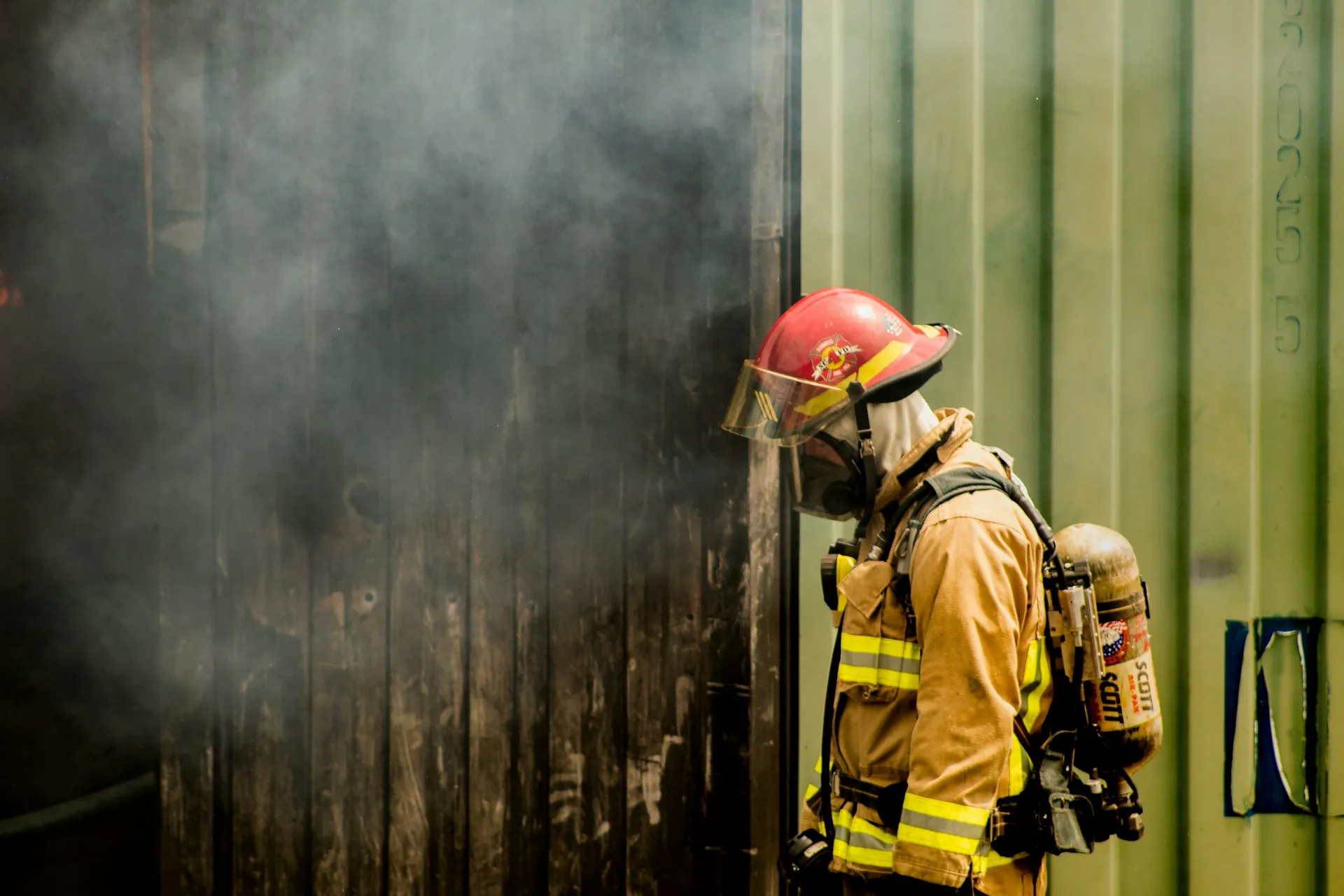After industrial fires, everyone notices the obvious damage: burned buildings, lost jobs, and huge financial hits. But there’s a quieter, just as serious problem that many miss. It has a lasting impact on health and the environment.
Long after the fire’s out, pollution and health risks stick around, affecting communities and nature. It’s important to look beyond the initial chaos and recognize these hidden consequences.
In this article, we shed light on the hidden costs of industrial fires, revealing implications that extend beyond tangible losses.
The Environmental Toll
Industrial fires represent more than mere blazes; they pose imminent environmental catastrophes. The emission of hazardous chemicals and pollutants during these incidents yields far-reaching repercussions for ecosystems and human well-being alike.
In 2022, fire departments across the United States responded to blazes at a staggering rate of one every 21 seconds. This statistic comes from the National Fire Protection Association (NFPA). It amounted to an estimated 1.5 million fires for the year.
This frequency underscores the substantial volume of pollutants released into the environment during such events. It emphasizes the urgent need for proactive measures to mitigate their adverse impacts.
Moreover, Aqueous Film Forming Foam (AFFF), commonly used in firefighting, has become a concerning culprit in recent years.
AFFF, formulated as a synthetic, water-based surfactant, serves as a Class B foam tailored for combatting primarily gasoline fires. As reported by Forbes, its mechanism involves smothering the fire and depriving it of oxygen, thus preventing further combustion. Due to its remarkable effectiveness in extinguishing such fires, AFFF found widespread use among fire departments nationwide, alongside military and airport fire prevention units.
Nonetheless, AFFF includes PFAS, synthetic chemicals recognized for their enduring presence in the environment and possible negative impacts on health. When AFFF is deployed to combat fires, PFAS can seep into the soil and groundwater.
A recent BBC report suggests that 6% to 10% of the 66,000 public drinking water systems may have harmful levels of PFAS contamination. This highlights a significant concern regarding drinking water safety across the US.
This poses risks to both wildlife and human populations. The resulting contamination can persist for decades, rendering affected areas uninhabitable and necessitating costly cleanup efforts.
AFFF Lawsuits: Uncovering Accountability
One of the most significant repercussions of AFFF contamination has been the surge in lawsuits against manufacturers and users of the foam. As per TruLaw, communities impacted by AFFF-related pollution have turned to the legal system to seek accountability and restitution for the damages incurred. These lawsuits allege negligence, failure to warn, and environmental harm, among other claims, underscoring the complex legal terrain surrounding chemical contamination cases.
The AFFF foam lawsuit serves as a sobering reminder of the far-reaching consequences of industrial fires. Beyond firefighting and property damage lies a network of legal battles and environmental degradation, underscoring the link between human activity and ecological health.
Environmental Justice Concerns
At the heart of the AFFF lawsuits lies a broader issue of environmental justice. Studies reveal severe health risks posed by these chemicals. For instance, the National Library of Medicine’s report cites a 56% increase in thyroid cancer risk linked to PFAS compounds found in firefighting foam. These findings underscore the pressing need for systemic changes to prevent future environmental crises.
Communities disproportionately affected by industrial fires and chemical contamination often find themselves marginalized and voiceless in the pursuit of accountability. Environmental justice advocates contend that marginalized communities, typically low-income and minority populations, endure the majority of environmental harm with minimal benefits from industrial development.
The AFFF lawsuits thus represent not only a quest for legal redress but also a demand for equitable treatment and environmental stewardship.
Read More: Fire Safety at Home: Prevent Damage, Recover Faster
Moving Forward: Towards Sustainable Solutions
In confronting the hidden costs of industrial fires, it becomes clear that a paradigm shift is needed. Beyond reactive firefighting measures, a proactive approach focused on prevention and sustainability is essential. This includes investing in safer alternatives to AFFF, enhancing regulatory oversight of industrial practices, and prioritizing community engagement and empowerment.
Legislation aimed at reducing chemical pollution, promoting corporate accountability, and safeguarding vulnerable communities is imperative to creating a more just and sustainable future.
FAQs
How do industrial fires impact the environment?
Industrial fires can result in significant environmental damage, including air and water pollution, soil contamination, and habitat destruction, affecting ecosystems and wildlife.
What is AFFF foam?
Aqueous Film Forming Foam (AFFF) is a firefighting foam used to extinguish flammable liquid fires by forming a film that suppresses the fire’s oxygen supply.
Why are there lawsuits associated with AFFF foam?
AFFF firefighting foam contains per- and polyfluoroalkyl substances (PFAS), linked to environmental and health concerns. Lawsuits arise due to allegations of contamination and harm caused by PFAS chemicals from AFFF.
Final Thought
Industrial fires take a heavy toll, not just in immediate property damage but also in long-term environmental and health impacts. The AFFF lawsuits serve as a poignant reminder of the link between human activity and ecological well-being.
As we confront the hidden costs of industrial fires, let’s remember the broader imperative. We must build a more resilient and equitable society that prioritizes the health and well-being of both people and the planet. Only through collective action and steadfast commitment can we hope to forge a path towards a sustainable future for generations to come.




